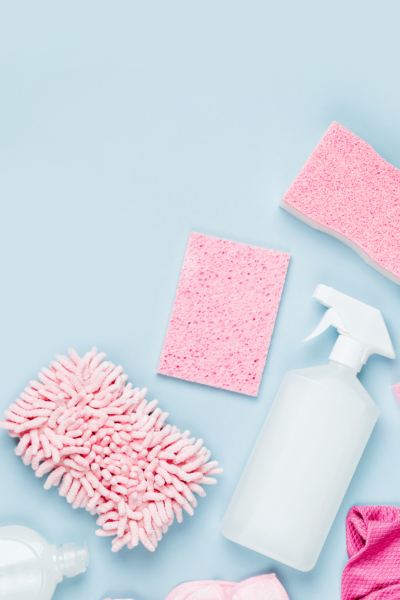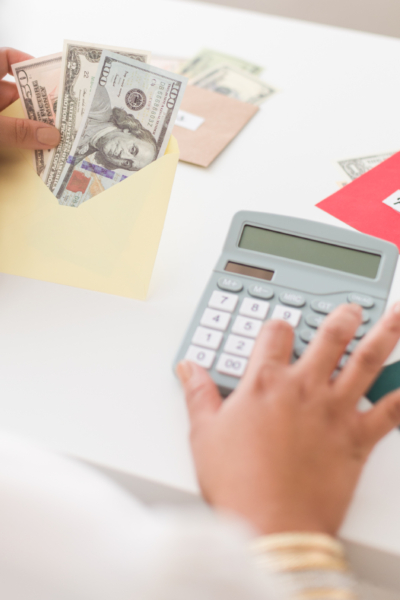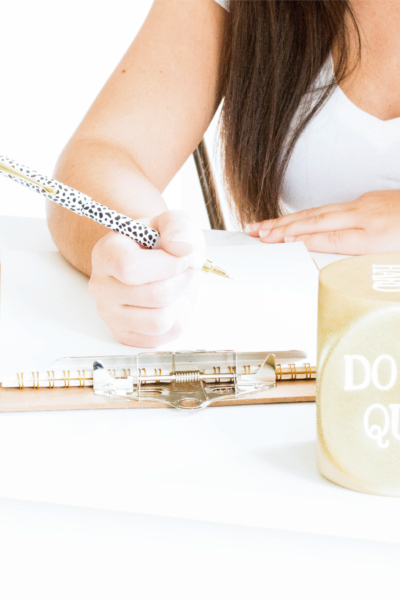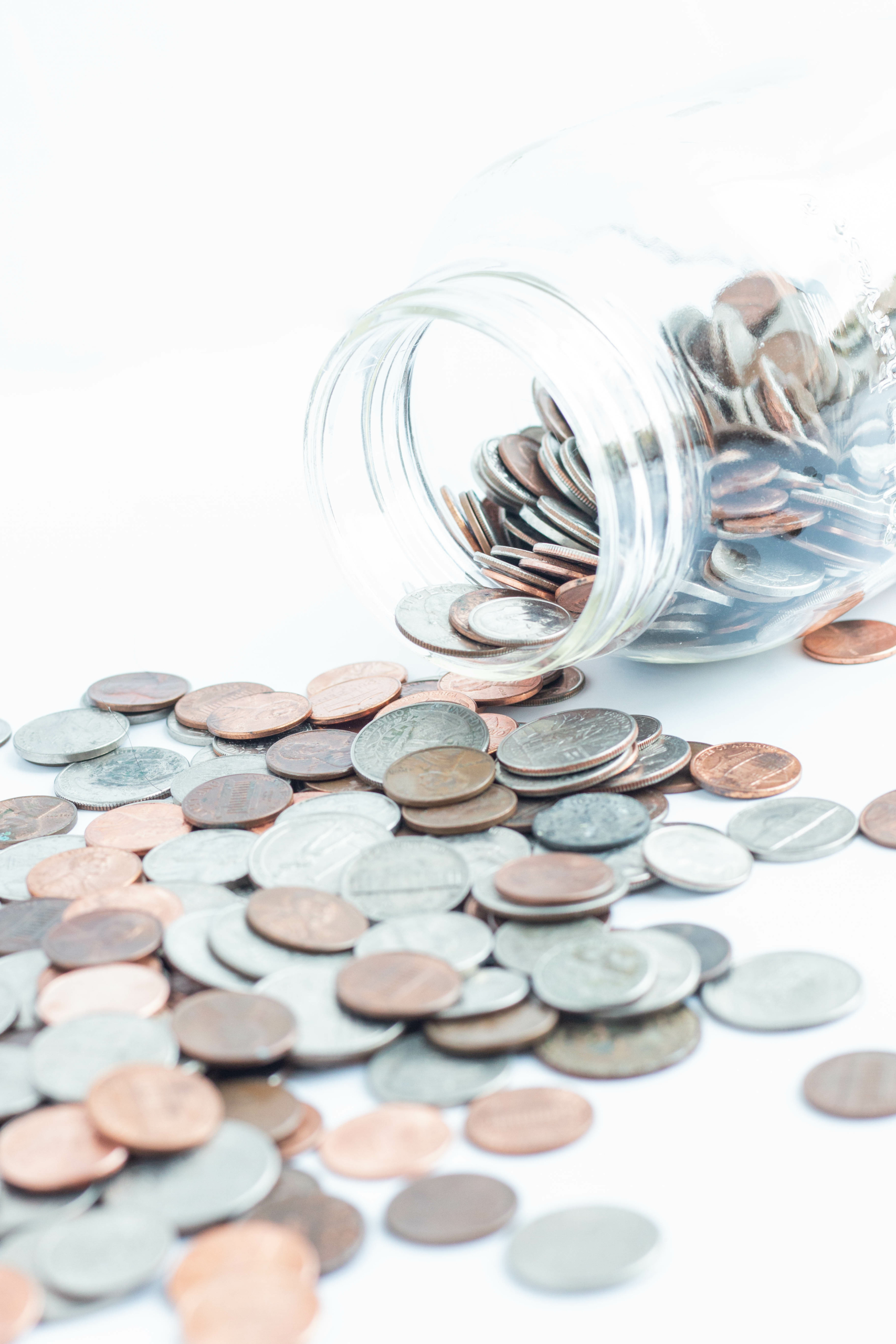When you decide you want to save money on your grocery bill, one of the most important things to do, is to create your own home stockpile inventory. Getting items on sale or free now will save you massive amounts of money later on. The result is going to be a stockpile of food, hygiene and household supplies you can shop from in later months without spending additional money.
Here are some great tips on how to build a stockpile that will help you know when to buy something and how many to get to keep your stock rotating. While you don’t have to have storage sheds of products when stockpiling, it is a great idea to have some items in reserve to help your family when finances are tight and to save money on your grocery bill each month.
How to Build a Stockpile
When An Item Is Free or Cheap, Stock Up
When an item is free, you want to get as many as you can that your family will use before the food expires. Canned products can last a good year or so, depending on their expiration date, so you want to get what you can while it’s that cheap. When things like toilet paper, paper towels, laundry detergent, soaps, and deodorants are free with coupons then get as many as you can.
To avoid clearing shelves, you can call your store or go to the customer service counter and place an order for as many as your coupons will allow. Consider reasonable limits on some health & beauty aids as their quality will diminish with age. Deodorants, makeup, and soaps can break down over time, so calculate what would last a year and go with that number of free items to grab.
When I was couponing, the most I ever bought of one item was Worcestershire sauce. It happened to be 14¢ a bottle and my husband goes through a good bottle every 2-4 days. I think he drank that stuff! He put it on literally everything. So 144 bottles would really not even last us a year. It lasted him like 7 months! The people thought I was crazy, but I knew. $3.69 a bottle x 144 bottles = $531.36. 14¢ x 144 bottles = $20.16. thus saving us $511.20 PLUS all that tax which is another $30! Just for one item. It was a very rare case of going to customer service and asking them if they had some in the back I could buy.
Learn What You Use & How Often
To know how many of an item you need in your stockpile, you need to determine what and how often you use it. Make a simple master list of the items you always need on hand, the things that you use regularly. Then note how often you need a new one (bar of soap, bottle of shampoo, toothpaste). Multiple that by 1 year and you have a good number to have in your stockpile.
With food items it is safe to say 3-6 months supply is plenty, as you don’t want to have food wasted due to expiration or pests getting to it. If you don’t use it all up before the expiration date, be sure to give it to someone in need. Our church has a food pantry, you can easily donate to that or to a local women’s crisis center or homeless shelter. You could even give it away on Craigslist or Facebook groups and help people that way as well.
Learn The Coupon & Sale Cycles
If you are new to couponing, this is really important in building your stockpile. Almost every single thing you buy, goes on sale at it’s lowest point usually every 2-3 months. In places like New York, it’s 2 months and most everywhere else, it’s every 3 months. Become familiar with what’s on sale each month as well. Click here to download the When to Stock Up Guide. In it contains all the prices at which you should consider stock up pricing.
You will find that things like soups, stews, and chili will be on sale in the Fall & Winter months but not in summer. You will want to stockpile those heavily during the seasons they are on sale to cover your non-sale months. Coupons and store sales go through monthly, quarterly and annual cycles. Ask friends in your area who regularly coupon about what your local sale cycles are so you can plan accordingly or find a couponing site that is local to your area.
Swap With Other Couponers
It is a great idea to find other local couponers to swap with. When you find you have too much of one item and not enough of another in your stockpile, you can often work out a great and easy trade.
Building your food and household stockpile serves multiple purposes…
- It keeps you from spending more than you need to
- It provides you with items, should there be a financial downfall in your home or family
- It is a great way to save money for other things you want or need
These tips on how to build a stockpile for beginners are just the start of what you can do to meet your families needs financially.











